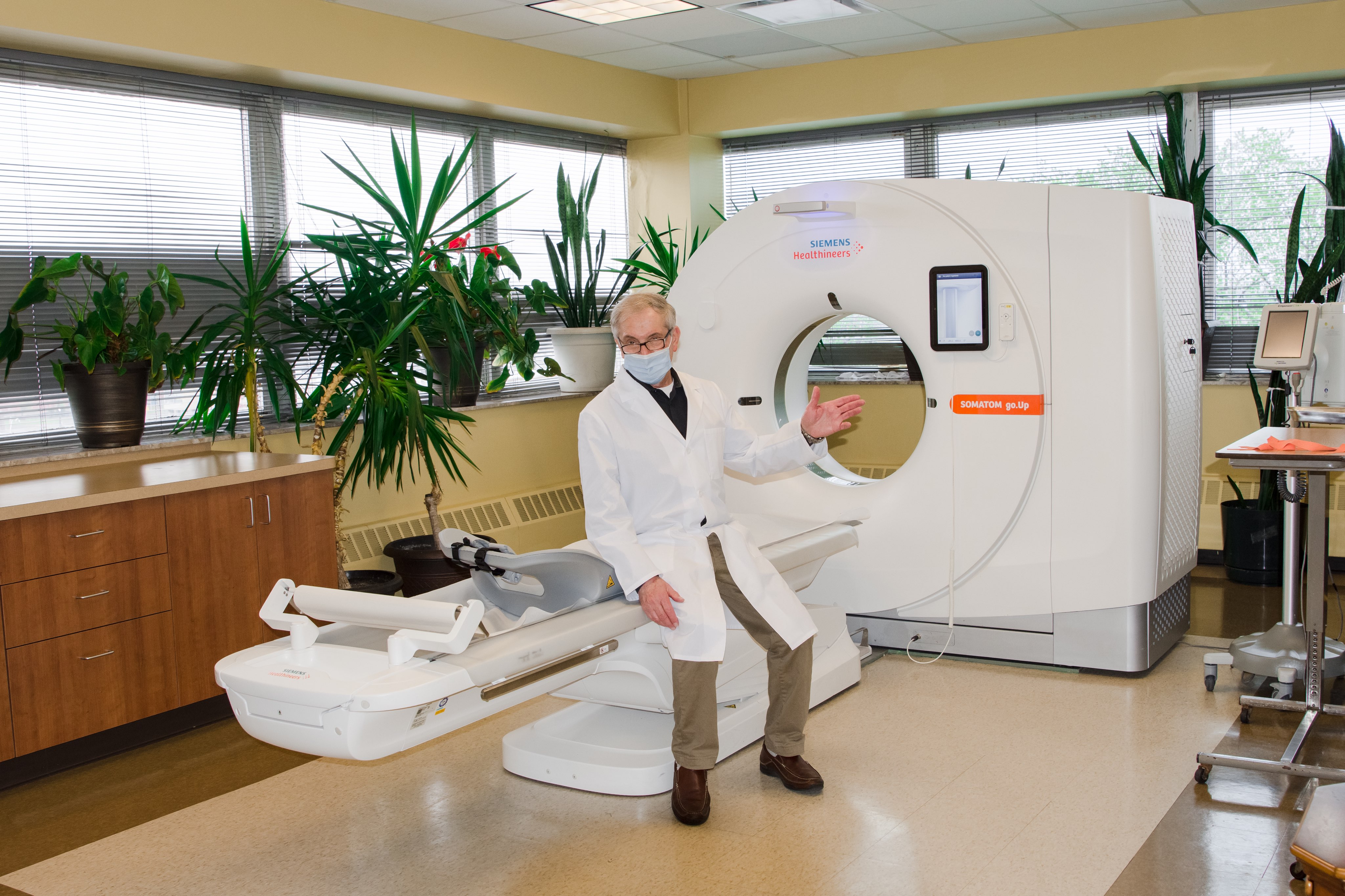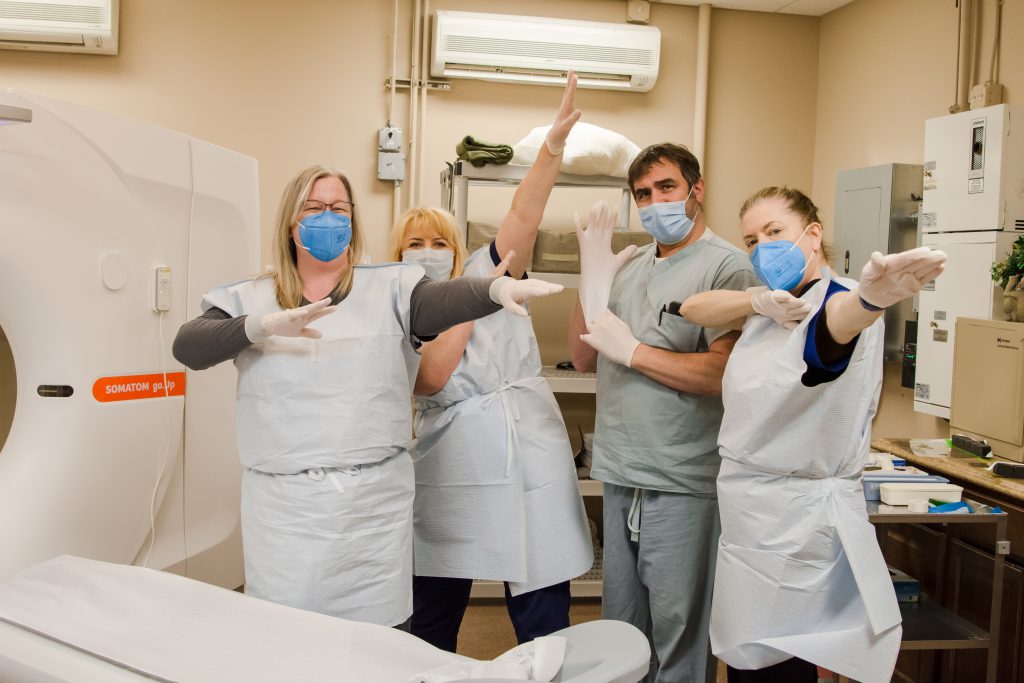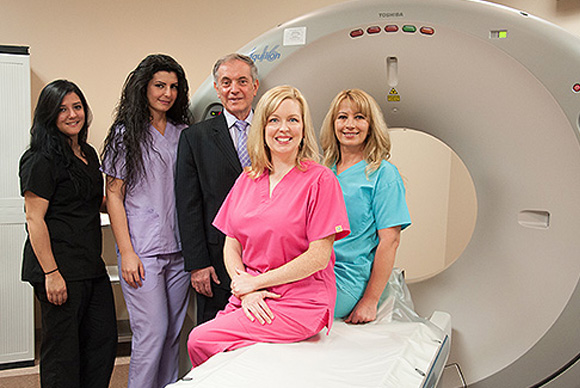


Though there have been advances over the last decade, coronary MRI remains challenging due to long scan times, limited spatial resolution, low signal-to-noise-ratio (SNR) and low blood-myocardium contrast-to-noise-ratio (CNR).

Coronary MRI, on the other hand, is advantageous to MDCT in several respects, since it does not require ionizing radiation or iodinated contrast, thereby facilitating follow-up scanning, and it has smaller artifacts related to epicardial calcium. Coronary MDCT has the advantage of rapid imaging and superior isotropic spatial resolution on the order of 0.6×0.6×0.6 mm 3. Therefore, alternative non-invasive imaging modalities, such as multi-detector computed tomography (MDCT) and coronary MRI has the potential to be a gate-keeper to invasive coronary x-ray angiography. A recent study of nearly 400,000 patients referred for x-ray coronary angiography showed that only less than 40% had obstructive CAD, a relatively low yield for an invasive test ( 2). The current clinical gold standard for the diagnosis of CAD is catheter-based invasive x-ray angiography. Reconstructed images were qualitatively compared in terms of image scores and perceived SNR on a 4-point scale (1 = poor, 4 = excellent) by an experienced blinded reader.Ĭoronary artery disease (CAD) remains the leading cause of death in the United States, accounting for one of every six deaths, despite significant efforts in prevention and treatment ( 1). Two whole-heart coronary MRI datasets were acquired in seven healthy adult subjects (30.3 ± 12.1 yrs 3 men), using prospective 6-fold acceleration, with random undersampling for the proposed CS technique and with uniform undersampling for SENSE reconstruction. In this study, we sought to utilize an advanced B 1-weighted compressed sensing (CS) technique for highly-accelerated sub-mm whole-heart coronary MRI, and to compare the results to parallel imaging, the current-state-of-the-art, where both techniques were used at acceleration rates beyond what is used clinically. Higher spatial resolution in the sub-millimeter (sub-mm) range is desirable, but this results in increased acquisition time and lower SNR, hindering its clinical implementation. Coronary MRI still faces major challenges, including lengthy acquisition time, low signal-to-noise-ratio (SNR), and suboptimal spatial resolution.


 0 kommentar(er)
0 kommentar(er)
